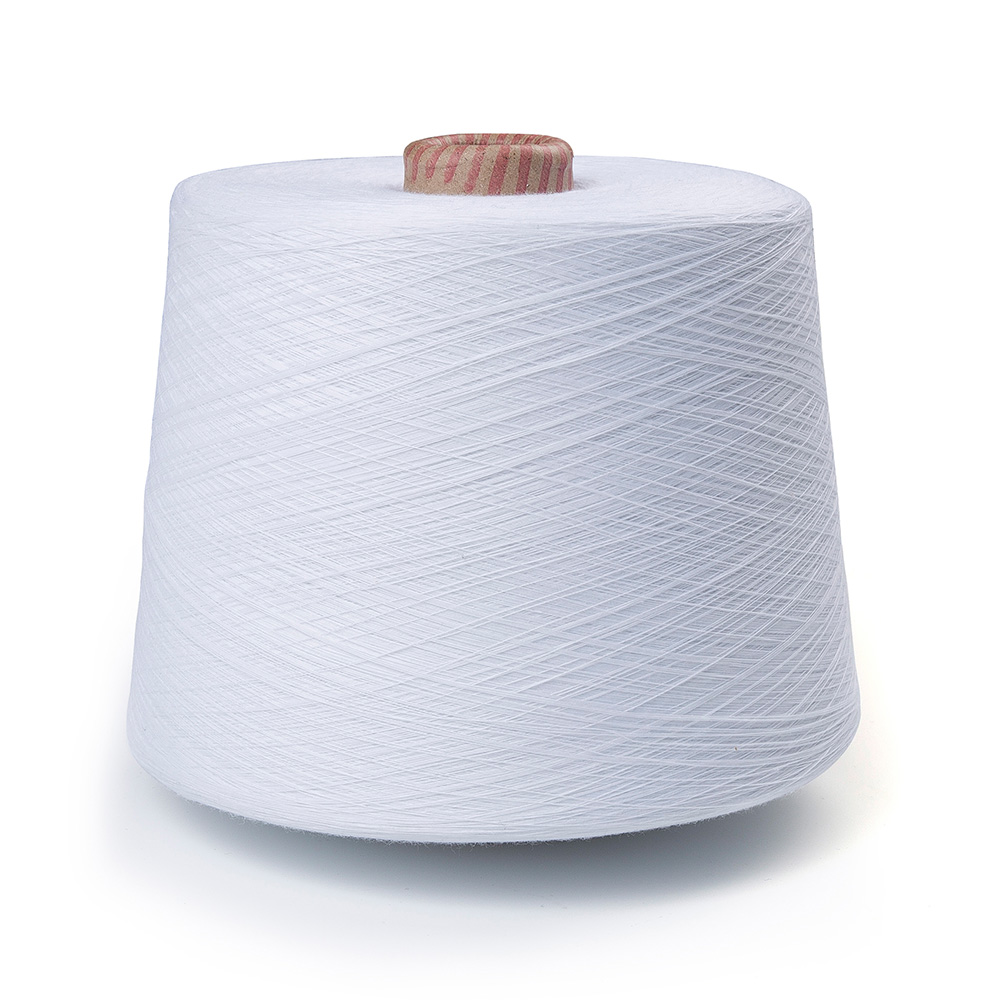If you are interested in some of our products, please feel free to visit our website or contact us for detailed information.

The thermal stability of polyester filament yarn significantly affects its performance in high-temperature applications. Here are several key points to consider:
Dimensional Stability under Heat: One of the critical advantages of polyester filament yarn is its excellent dimensional stability when exposed to heat. Unlike some other fibers that may shrink or expand significantly under thermal stress, polyester maintains consistent dimensions. This property is essential in applications such as industrial belting and tire cord, where precise sizing and fit are critical for operational efficiency and safety.
Heat Resistance in Various Applications: Polyester's inherent heat resistance allows it to perform effectively in a wide range of high-temperature applications. For instance, in filtration systems for hot air or gases, polyester filament yarns are used due to their ability to withstand the thermal stresses associated with continuous operation at elevated temperatures. Similarly, in protective clothing for industrial workers or firefighters, polyester's heat resistance ensures that garments maintain their protective properties even in intense heat environments, thereby safeguarding wearer safety.
Thermal Shrinkage and Control: While polyester filament yarns exhibit minimal thermal shrinkage compared to many other synthetic fibers, understanding and controlling this characteristic is crucial in manufacturing processes. Textile engineers and designers consider the potential for shrinkage when selecting yarns for specific applications, such as upholstery fabrics or technical textiles.
Chemical Resistance at High Temperatures: Polyester filament yarns also demonstrate good resistance to chemical degradation at elevated temperatures. This attribute is particularly advantageous in applications where materials may be exposed to both heat and aggressive chemicals, such as in chemical processing equipment or filtration media for corrosive gases. The ability of polyester to maintain its mechanical properties and structural integrity under such demanding conditions enhances the reliability and longevity of components and products in these environments.
Moisture Management and Thermal Performance: In textiles, polyester's moisture-wicking properties are valued for their ability to keep wearers dry and comfortable. However, prolonged exposure to high temperatures can impact these moisture management capabilities. We consider this factor when developing performance apparel for athletes or outdoor enthusiasts, balancing the need for thermal stability with moisture transport properties to optimize comfort and performance in varying climatic conditions.
Fire Resistance and Safety Considerations: While inherently flame-resistant to some extent, polyester filament yarns can melt and burn when exposed to high temperatures beyond their ignition point. To enhance fire resistance, polyester fibers can be treated with flame retardant additives. This treatment is crucial in applications where fire safety is paramount, such as in public transportation seating or protective gear for industrial workers exposed to heat and flames.
Longevity and Durability in Challenging Environments: The thermal stability of polyester filament yarns contributes significantly to the longevity and durability of products used in demanding applications. For example, in geotextiles used for civil engineering projects like road construction or erosion control, polyester's ability to withstand prolonged exposure to high temperatures ensures the material's structural integrity over time. Similarly, in automotive applications where components are subjected to heat from engine compartments or exhaust systems, polyester's thermal resilience enhances product durability and performance reliability under harsh operating conditions.
75D/36F semi dull yarn 100% polyester dty filament yarn


 English
English Español
Español








